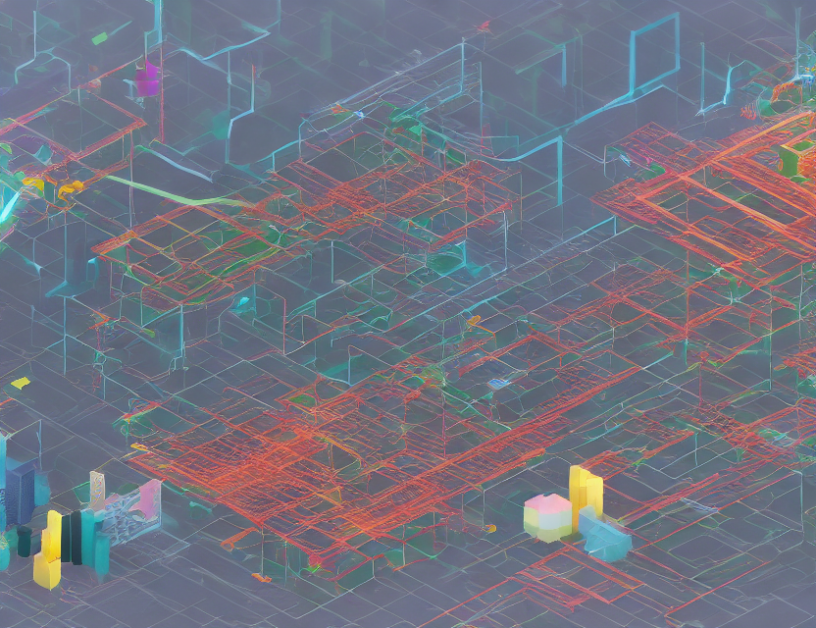In this article, the authors propose a novel approach to improve language understanding through generative pre-training. They introduce the concept of graph convolutional networks (GCNs) to represent linguistic structures in a more effective way. The GCN model is designed to learn from large amounts of text data and capture complex contextual relationships between words.
To begin with, the authors explain that language understanding is crucial for various applications, such as natural language processing, machine translation, and text summarization. However, these tasks are challenging because language structures can be very complex and difficult to model accurately. The authors propose to address this problem by using generative pre-training, which involves training a neural network on a large dataset of text to learn the underlying patterns and relationships between words.
The key insight of the article is that traditional embedding methods, such as Word2Vec and GloVe, are limited in their ability to capture complex contextual relationships between words. These methods represent each word as a fixed-length vector in a high-dimensional space, which makes it difficult to capture the nuances of language structure. In contrast, the GCN model represents each word as a node in a graph, where the nodes are connected by edges that represent semantic relationships. This allows the model to learn complex contextual relationships between words and capture subtle variations in meaning.
The GCN model consists of multiple layers of graph convolutions, followed by a pooling layer to aggregate the node attributes, and finally, a classification layer to predict the label of each node. The authors show that this architecture allows the model to learn powerful representations of language structure that can be used for various downstream tasks.
The authors evaluate their approach on several benchmark datasets and show that it outperforms state-of-the-art baselines in various natural language processing tasks, including text classification, sentiment analysis, and question answering. They also analyze the effectiveness of different components of the GCN model and provide insights into how they contribute to its overall performance.
In conclusion, the article presents a novel approach to improving language understanding through generative pre-training with graph convolutional networks. The proposed method captures complex contextual relationships between words and outperforms traditional embedding methods in various natural language processing tasks. The authors provide a detailed analysis of their approach and demonstrate its effectiveness, making it a valuable contribution to the field of natural language processing.
Computer Science, Cryptography and Security
Understanding Binary Code with Machine Learning and Compiler Optimizations



